Shoulderstand Pose (Sarvangasana) - Step by Step
Sarva means all, whole or complete; Anga is the limbs or the body. It translates into a pose that benefits the entire body. Sarvangasana has a soothing effect on the nerves and brings back energy and vitality. It is quite obvious that you need to be careful with the neck, and that you require a lot of core strength to feel stable.
The Shoulderstand, or Sarvangasana, is a traditional inversion pose in yoga that can offer various benefits, such as improving circulation, promoting relaxation, and enhancing thyroid function. Like all inverted positions, though, it’s crucial to perform the Shoulderstand with care to avoid injury, especially to the neck. If you have any existing health issues, especially related to the neck, spine, or eyes, consult a healthcare provider or a skilled yoga teacher before attempting this pose.
Here's a step-by-step guide on how to perform a Shoulderstand:
Please Note: If at any point you feel pain or discomfort, especially in the neck or spine, you should come out of the pose immediately.
-
Warm-Up: Perform some gentle warm-up exercises for your shoulders, neck, and hamstrings.
-
Setup:
- Begin by lying on your back on a yoga mat with your arms at your sides.
- Bend your knees and set your feet on the ground, heels close to the sitting bones.
-
Entering the Pose:
- Press your arms and the back of your hands into the floor as you exhale. Use this pressure to lift your bent knees toward the ceiling.
- Bring your hands to your lower back for support, and keep your elbows shoulder-width apart to create a sturdy base.
- Extend your legs upwards to bring your body into a straight line. The weight should be supported on the shoulders and upper arms, not on the neck or head.
-
Alignment:
- While in the pose, your body should be perpendicular to the ground, and your chin should be tucked to your chest.
- Keep your legs firm and toes pointed. Your gaze should be towards your chest, and your throat should be soft but your neck should not feel compressed.
-
Hold the Pose:
- Hold for a few breaths to begin with, working up to 30 seconds or longer as you gain strength and confidence. Breathe deeply through the belly.
-
To Come Out of the Pose:
- Do not simply drop your legs over your head. Instead, slowly lower your legs, bending at the hips, and use your hands to support your spine as you roll down.
- Once your feet reach the floor, release your hands and slowly lower the rest of your body down to the mat, vertebra by vertebra.
-
After the Pose:
- After coming out of the Shoulderstand , it's important to give your neck a moment to adjust. You might like to hug your knees into your chest for a gentle counter-stretch.
-
Counterpose:
- It's recommended to follow up with a counterpose, such as Fish Pose (Matsyasana), to help relieve any tension in the neck.
Remember, patience and consistency are key in yoga. Don't rush or push yourself too hard. Over time, you'll be able to hold the pose longer and with more stability.
Safety Tips:
- Always perform Shoulderstand on a soft surface, like a padded yoga mat.
- Place a folded blanket beneath your shoulders to reduce pressure on your neck, ensuring that your neck and head stay off the blanket.
- Never turn your head to the side when in a Shoulderstand as it can harm your neck.
Enjoy your practice, and as with any physical exercise program, it's best to learn the Shoulderstand under the guidance of an experienced yoga instructor.
Health Benefits
The Shoulderstand left off, this yoga pose is revered for a variety of health benefits. Here's a list of some of the commonly cited benefits associated with practicing Sarvangasana (Shoulderstand):
-
Improved Circulation: Being an inversion, the pose reverses the blood flow in the body and improves circulation, sending blood to the upper body and brain.
-
Stimulates the Thyroid Gland: The position of the chin tucked into the chest applies gentle pressure to the thyroid gland, which is thought to regulate metabolism and contribute to better hormonal balance.
-
Strengthens the Upper Body: Shoulderstand helps strengthen the shoulders, arms, and upper back by engaging these muscles to support your body's weight.
-
Enhances Digestion: The change in gravity may aid in stimulating the digestive organs, potentially aiding in relieving problems such as constipation.
-
Relieves Stress: Inversions have a calming effect on the nervous system, which can reduce stress and promote relaxation.
-
Boosts Immunity: Improved circulation can also mean better transport of white blood cells through the body, and the pose's stimulating effects on the thyroid gland can strengthen the immune response.
-
Promotes Healthy Sleep: Due to its calming effects on the brain and nervous system, practicing Shoulderstand can contribute to more restful sleep.
-
Strengthens the Core: The abdomen engages to keep the legs lifted, which builds core strength.
-
Beneficial for the Spine: When performed correctly, the Shoulderstand can help maintain the spine's flexibility and strength.
-
Decreases Varicose Veins: Inversions help in draining old blood from the legs and pelvis, which can alleviate the symptoms of varicose veins.
While the Shoulderstand can have many positive effects, it's important to note that the actual experience can vary from person to person, and not everyone may experience all of these benefits. It's also crucial to balance this pose with counterposes and to be aware of its contraindications.
Particularly, those with certain health conditions—such as high blood pressure, heart issues, neck injuries, or eye conditions such as glaucoma—should avoid this pose unless they have specific guidance from a health professional or a very experienced yoga instructor.
Remember that all health techniques, including yoga, should be taken into consideration with a holistic approach to your health. Listen to your body, and don't push beyond your limits.




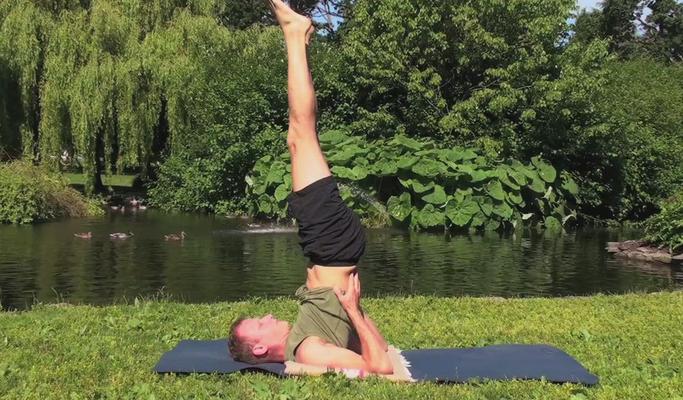
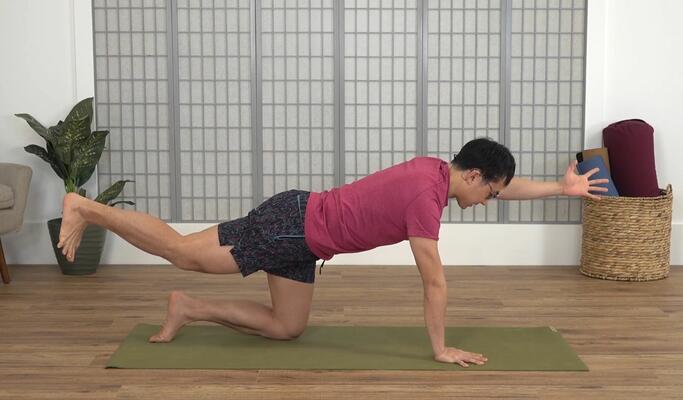
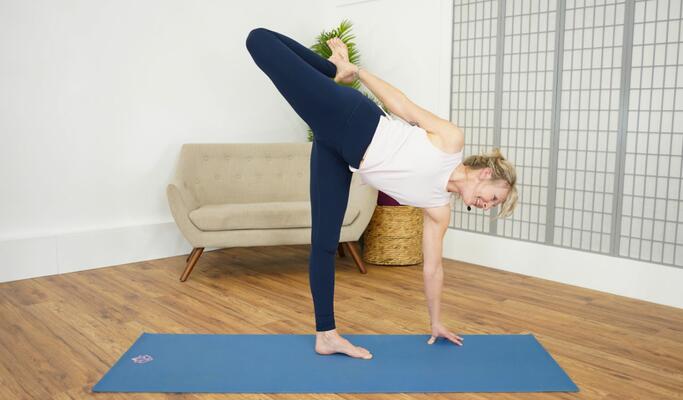
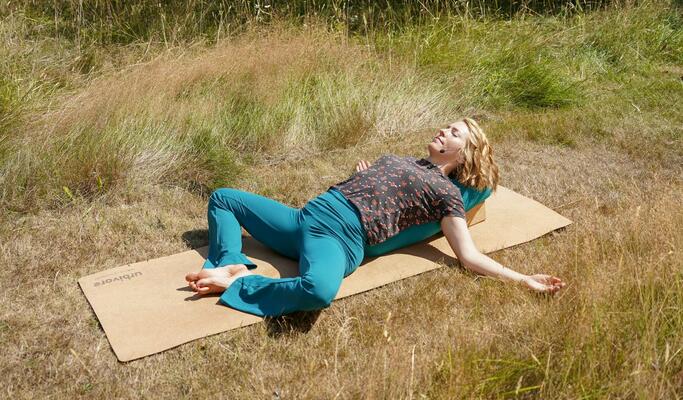
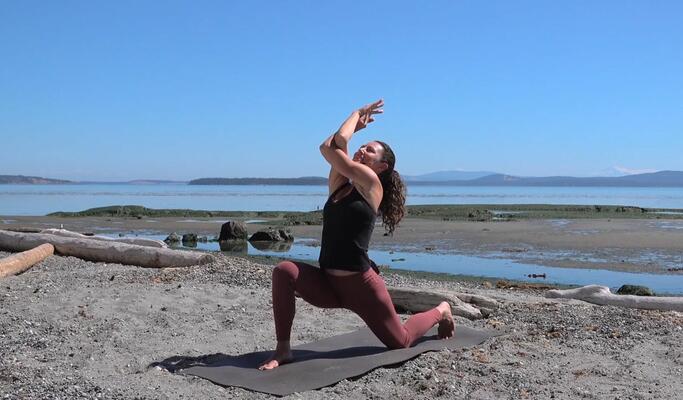
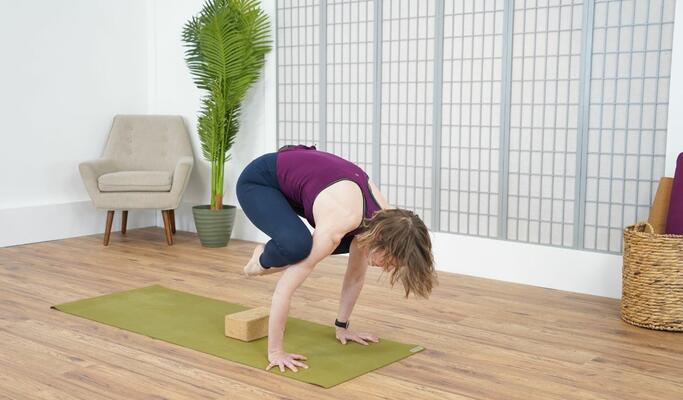
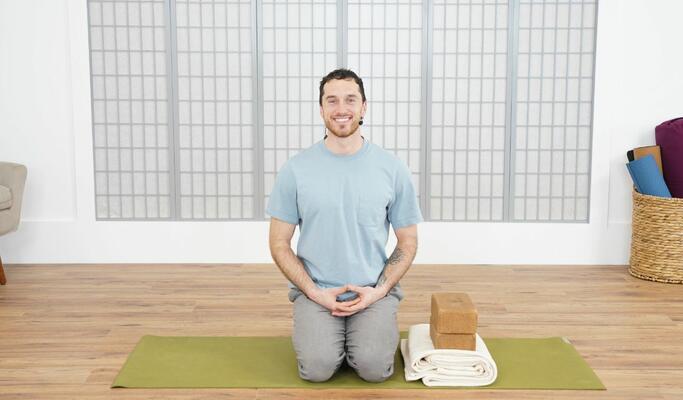
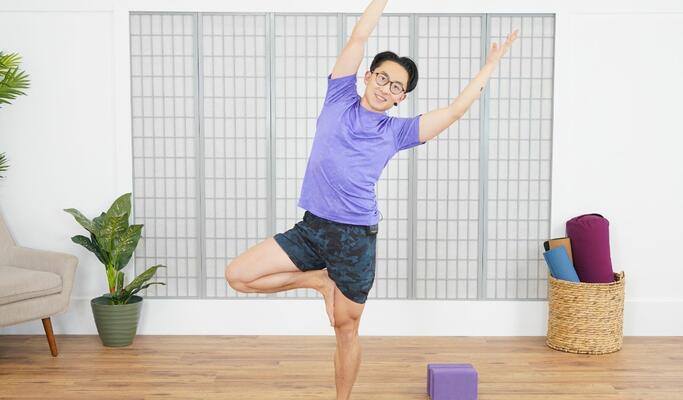
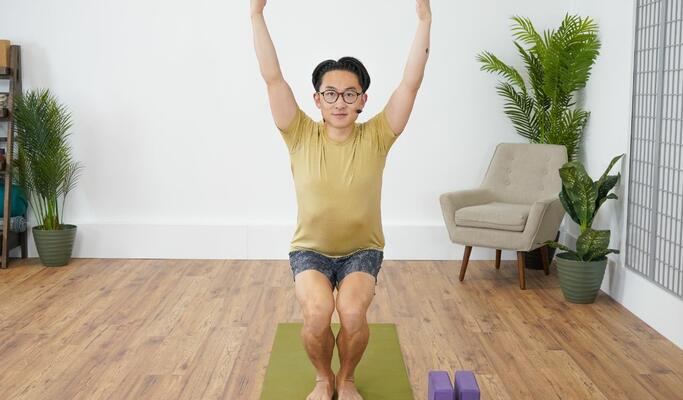
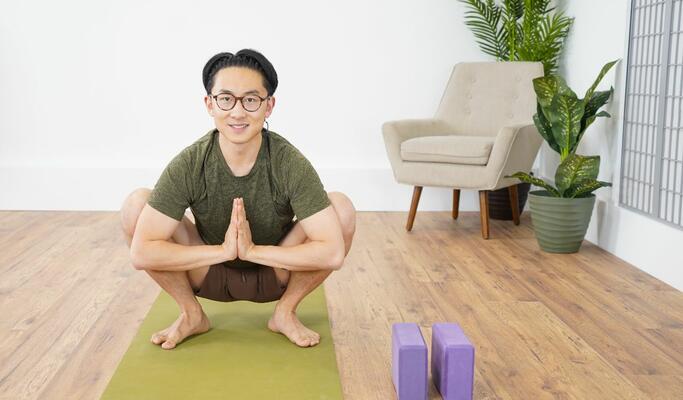
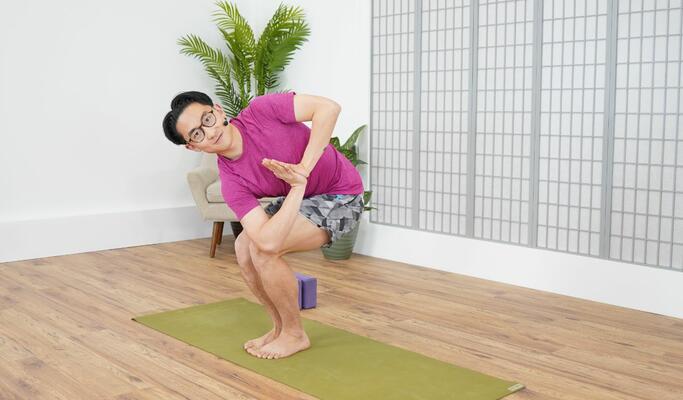
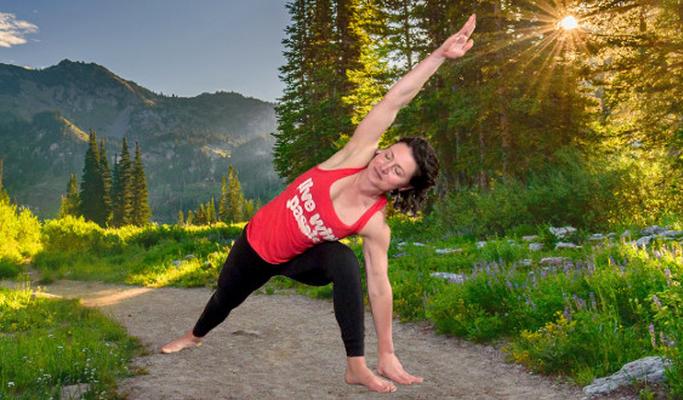
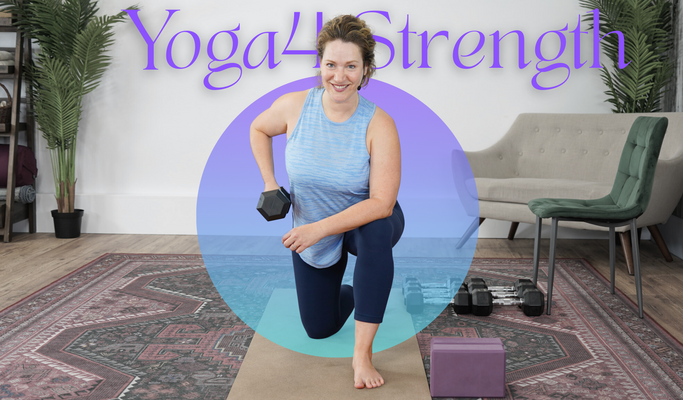

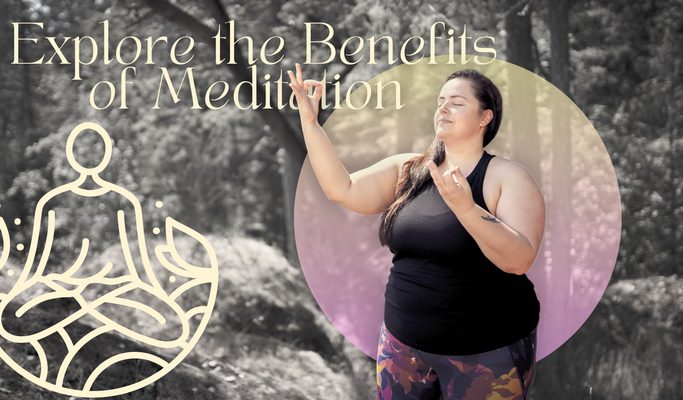
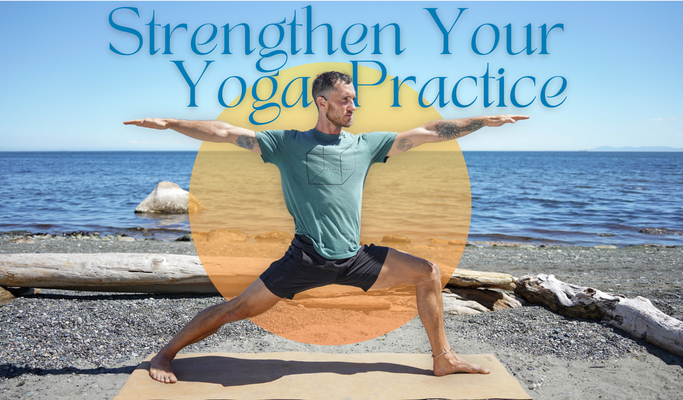
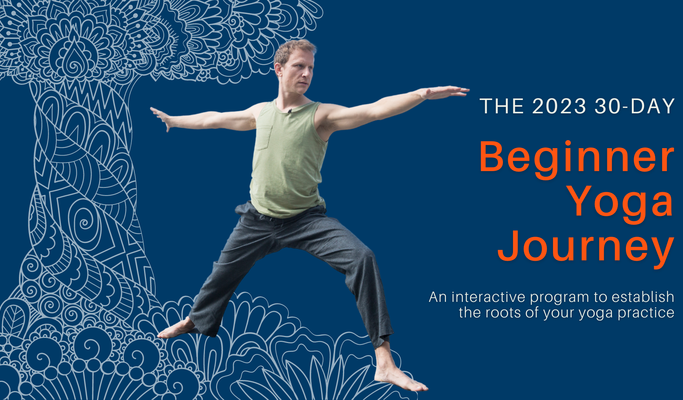





Comments
This is a brilliant demonstration of how to get into a shoulder stand properly. It takes a strong core to lift the legs!